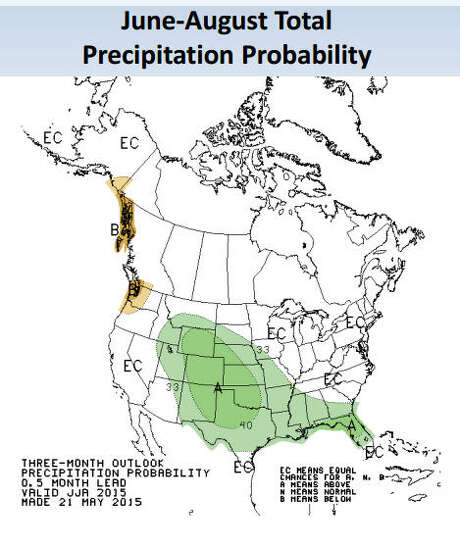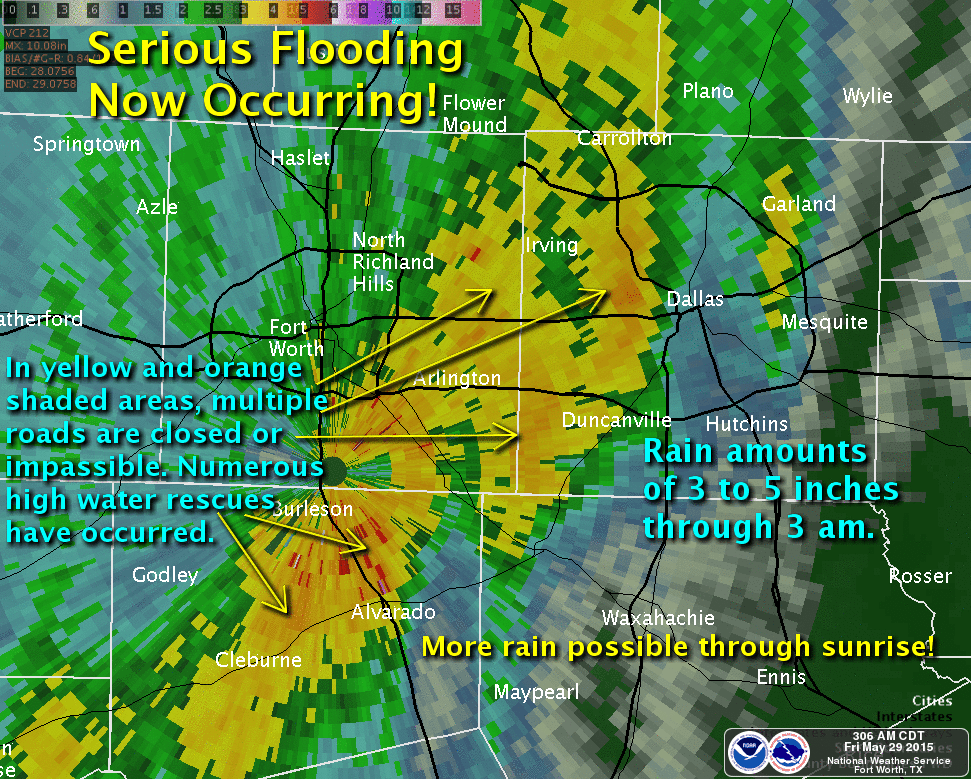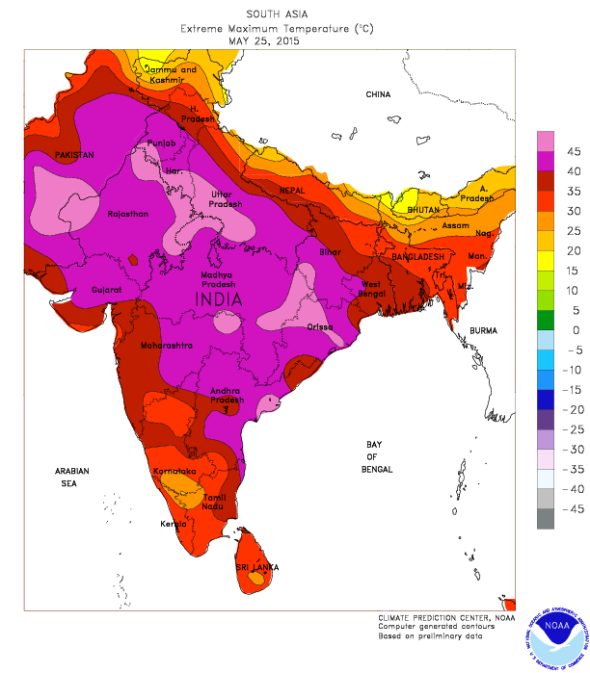Amazing but true a big part of bee civilization is the complex, drawn out process bees use to decide where to start a new hive. The process is detailed in a 2007 National Geographic article titled
The Genius of Swarms. Oddly the author, Peter Miller, characterized the decision process as an example of 'swarm intelligence' but from the description it's anything but. Substitute pacing and finger shaking for fevered dancing and wing flapping and you have a typical heated debate during a human policy meeting.
In short, bees tasked with finding the best location for a hive have to defend their choice and this requires much debate. If no one argument wins out, then a consensus has to be reached. More brain sweat.
All that is taken away from bees that have been turned into agro-business machines; the human handlers completely control the hive locations and truck the colonies from one field to another to pollinate crops.
And
for what?
Bee populations are so low in the US that it now takes 60% of the country’s surviving colonies just to pollinate one California crop, almonds. And that’s not just a west coast problem -- California supplies 80% of the world’s almonds, a market worth $4 billion.
All that, so humans can swill huge amounts of almond milk and stuff their guts with almond-sprinkled granola.
For what? A small handful of almonds is all anyone could possibly need daily to get the nutritional benefit of nuts.
So I don't agree with a farmer in Fresno California named Ryan Jacobson who's quoted by the Economist (
All the Leaves are Brown; May 30):
Mr Jacobsen asks where Americans would get their fruit and vegetables without the bounty of the Central Valley. “Farmers are just borrowers of water. The consumers of their products are the ultimate beneficiaries,” he says, “and the scale on which we do things here means that middle-class people can afford to buy them.”
Oh, please. This isn't about food choices for the middle class. This is about gluttony and blind consumption, as blind as pigs feeding at a trough but here I insult pigs. As blind as automatons at a trough.
As to where things stand now with the bees: From NBC News, May 13, 2015,
More Than 40 Percent of Bee Hives Died in Past Year: Study:
More than two out of five American honeybee colonies died in the past year, and surprisingly the worst die-off was in the summer, according to a federal survey.
Since April 2014, beekeepers lost 42.1 percent of their colonies, the second highest loss rate in nine years, according to an annual survey conducted by a bee partnership that includes the U.S. Department of Agriculture.
"What we're seeing with this bee problem is just a loud signal that there's some bad things happening with our agro-ecosystems," said study co-author Keith Delaplane at the University of Georgia.
But not to worry. The bees' human masters are in control:
But it's not quite as dire as it sounds. That's because after a colony dies, beekeepers then split their surviving colonies, start new ones, and the numbers go back up again, said Delaplane and study co-author Dennis vanEngelsdorp of the University of Maryland.
What shocked the entomologists is that is the first time they've noticed bees dying more in the summer than the winter, said vanEngelsdorp said. The survey found beekeepers lost 27.4 percent of their colonies this summer. That's up from 19.8 percent the previous summer.
Seeing massive colony losses in summer is like seeing "a higher rate of flu deaths in the summer than winter," vanEngelsdorp said. "You just don't expect colonies to die at this rate in the summer."
As to what's killing the bees,
maybe they're dying of broken hearts but we must be Scientifical, so here's the Scientifical guesses:
In 2013
Treehugger quoted below from two August 19, 2013 TIME magazine reports by Bryan Walsh on decline of bee populations. (
The Plight of the Honeybee and
The Trouble with Beekeeping in the Anthropocene):
So what's killing the honeybees? Pesticides — including a new class called neonicotinoids — seem to be harming bees even at what should be safe levels. Biological threats like the Varroa mite are killing off colonies directly and spreading deadly diseases.
As our farms become monocultures of commodity crops like wheat and corn — plants that provide little pollen for foraging bees — honeybees are literally starving to death.
The reality is that honeybees are very useful to human beings, and species that are very useful to us—think domesticated animals and pets—tend to do OK in the increasingly human-dominated world we call the Anthropocene.
But other wild species aren’t so lucky—and that includes the thousands of species of wild bees and other non-domesticated pollinators.
Bumblebees have experienced recent and rapid population loss in the U.S., punctuated by a mass pesticide poisoning in Oregon this past June [2013] that led to the deaths of some 50,000 bumblebees.
A 2006 report by the National Academies of Science concluded that the populations of many other wild pollinators -- especially wild bees -- was trending “demonstrably downward.”
The threats are much the same ones faced by managed honeybees: pesticides, lack of wild forage, parasites and disease. The difference is that there are thousands of human beings who make it their business to care for and prop up the populations of honeybees. No one is doing the same thing for wild bees.
From Quartz July 25 (H/T Tree Hugger),
Scientists discover what’s killing the bees and it’s worse than you thought by Todd Woody:
[...]
[I]n a first-of-its-kind study
published today in the journal PLOS ONE, scientists at the University of Maryland and the US Department of Agriculture have identified a witch’s brew of pesticides and fungicides contaminating pollen that bees collect to feed their hives. The findings break new ground on why large numbers of bees are dying though they do not identify the specific cause of CCD [colony collapse disorder], where an entire beehive dies at once.
When researchers collected pollen from hives on the east coast pollinating cranberry, watermelon and other crops and fed it to healthy bees, those bees showed a significant decline in their ability to resist infection by a parasite called Nosema ceranae. The parasite has been implicated in Colony Collapse Disorder though scientists took pains to point out that their findings do not directly link the pesticides to CCD.
The pollen was contaminated on average with nine different pesticides and fungicides though scientists discovered 21 agricultural chemicals in one sample. Scientists identified eight ag chemicals associated with increased risk of infection by the parasite.
Most disturbing, bees that ate pollen contaminated with fungicides were three times as likely to be infected by the parasite. Widely used, fungicides had been thought to be harmless for bees as they’re designed to kill fungus, not insects, on crops like apples.
“There’s growing evidence that fungicides may be affecting the bees on their own and I think what it highlights is a need to reassess how we label these agricultural chemicals,” Dennis vanEngelsdorp, the study’s lead author, told Quartz.
Labels on pesticides warn farmers not to spray when pollinating bees are in the vicinity but such precautions have not applied to fungicides.
[...]
In recent years, a class of chemicals called neonicotinoids has been linked to bee deaths and in April regulators
banned the use of the pesticide for two years in Europe where bee populations have also plummeted. But vanEngelsdorp, an assistant research scientist at the University of Maryland, says the new study shows that the interaction of multiple pesticides is affecting bee health.
“The pesticide issue in itself is much more complex than we have led to be believe,” he says. “It’s a lot more complicated than just one product, which means of course the solution does not lie in just banning one class of product.”
The study found another complication in efforts to save the bees: US honey bees, which are descendants of European bees, do not bring home pollen from native North American crops but collect bee chow from nearby weeds and wildflowers. That pollen, however, was also contaminated with pesticides even though those plants were not the target of spraying.
“It’s not clear whether the pesticides are drifting over to those plants but we need to take a new look at agricultural spraying practices,” says vanEngelsdorp.
[END REPORT]
So it seems the Environmental Protection Agency's project to help the bees is behind the curve of research findings, or maybe they think it's the best they can do:
by ASSOCIATED PRESS
May 28, 2015
If honeybees are busy pollinating large, blooming croplands, farmers wanting to spray toxic pesticides will soon have to buzz off, the Environmental Protection Agency says.
A federal rule proposed Thursday would create temporary pesticide-free zones when certain plants are in bloom around bees that are trucked from farm to farm by professional beekeepers, which make up the majority of honeybees in the U.S.
The pesticide halt would only happen during the time the flowers are in bloom and the bees are there, and only on the property where the bees are working, not neighboring land.
The rule applies to virtually all insecticides, more than 1,000 products involving 76 different chemical compounds, said Jim Jones, EPA's assistant administrator for chemical safety and pollution prevention. It involves nearly all pesticides, including the much-debated class of pesticides called neonicotinoids, he said.
The idea is "to create greater space between chemicals that are toxic to bees and the bees," Jones told The Associated Press. This is part of a new push by the Obama administration to try to reverse dramatic declines in bee populations.
Related: Feds Unveil Strategy for Bees and Butterflies
The new rule "doesn't eliminate (pesticide) exposure to honeybees, but it should reduce it," said University of Illinois entomologist May Berenbaum. "It may not be ideal, but it's the best news in about 120 years. In concept, in principle, this is a big policy change."
The EPA proposal doesn't apply to residential pesticide use, nor home beekeeping. If all goes according to plan, new rules and new pesticide labels will be ready for spring 2016, Jones said.
Meanwhile, our nation's landscape suppliers leaped to get out ahead of the EPA. From NBC News, April 9, 2015
Lowe's to Stop Selling Neonic Pesticides Linked to Bee Deaths
Lowe's plans to stop selling pesticides linked to the massive decline of honeybees around the world. The home improvement chain announced on Thursday that it would phase out products containing neonic pesticides over the next four years.
[...]
Lowe's announcement comes after the EPA said last week that it would stop issuing new permits to use the pesticides. On Wednesday, a report from an influential European scientific council warned that neonicotinoids were more harmful to the environment than previously thought.
Lowe's also said that it would work with growers to "eliminate the use of neonic pesticides on bee-attractive plants we sell."
Home Depot announced last summer that it would label plants treated with neonicotinoids. Both companies have been the target of protests by environmental activists. The environmental group Friends of the Earth said it was "pleased Lowe's is listening to consumer concerns" and the "growing body of science telling us we need to move away from bee-toxic pesticides."
[END REPORT]
If all that sounds Draconian -- landscapers frequently ignore the instructions on the label, which is how 50,000 bees died in a Target parking lot.
********









